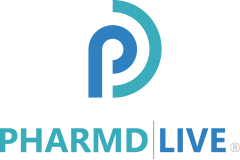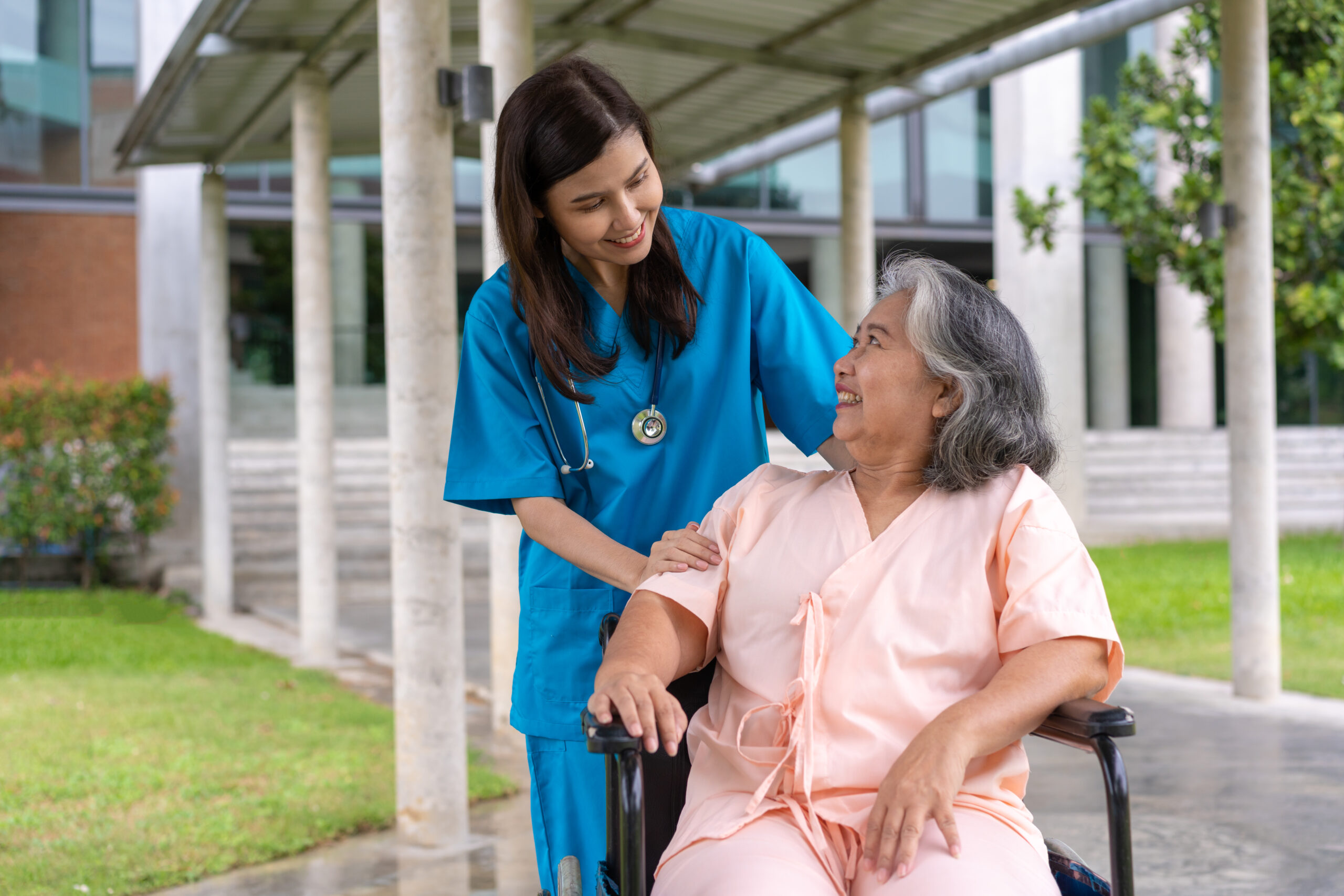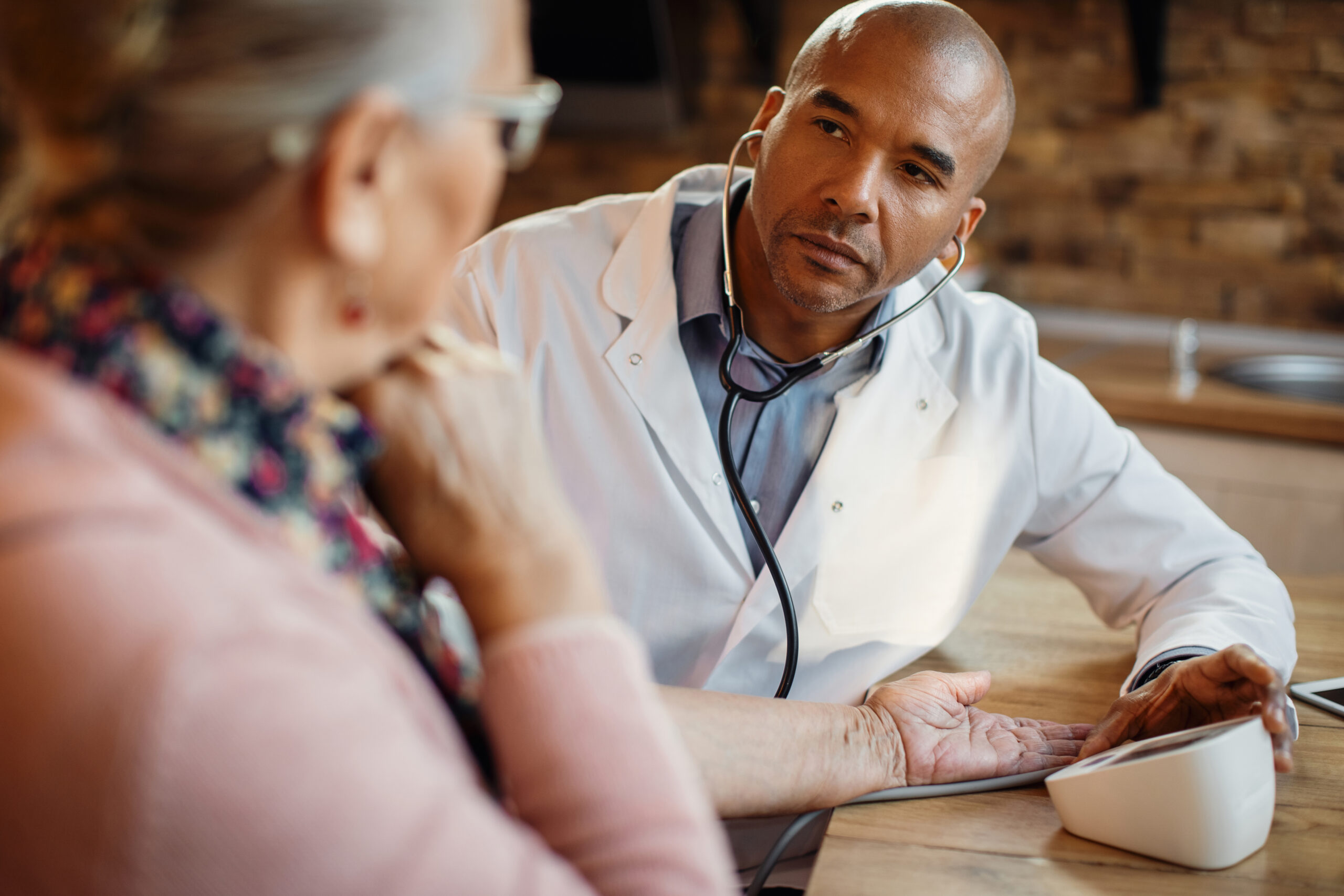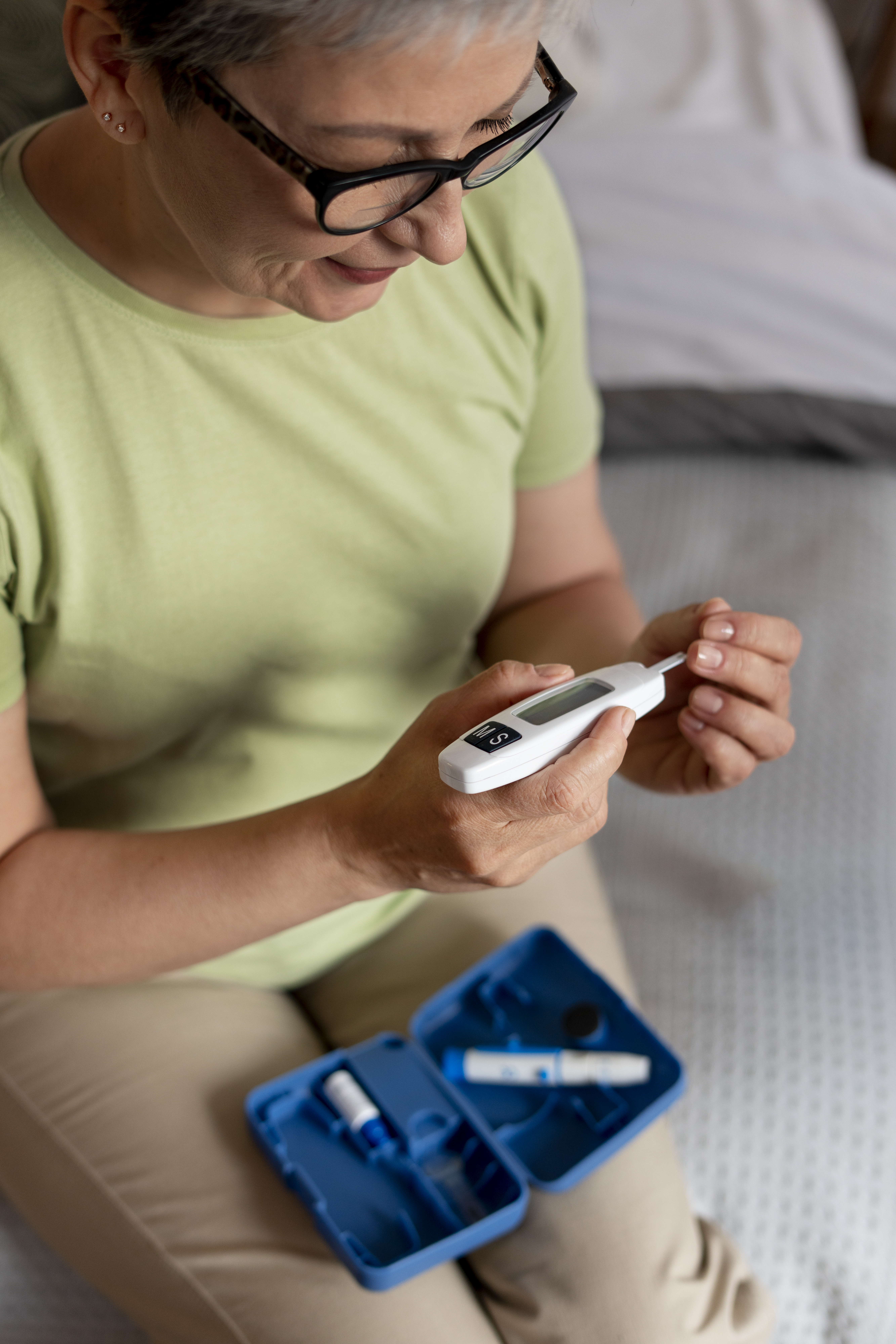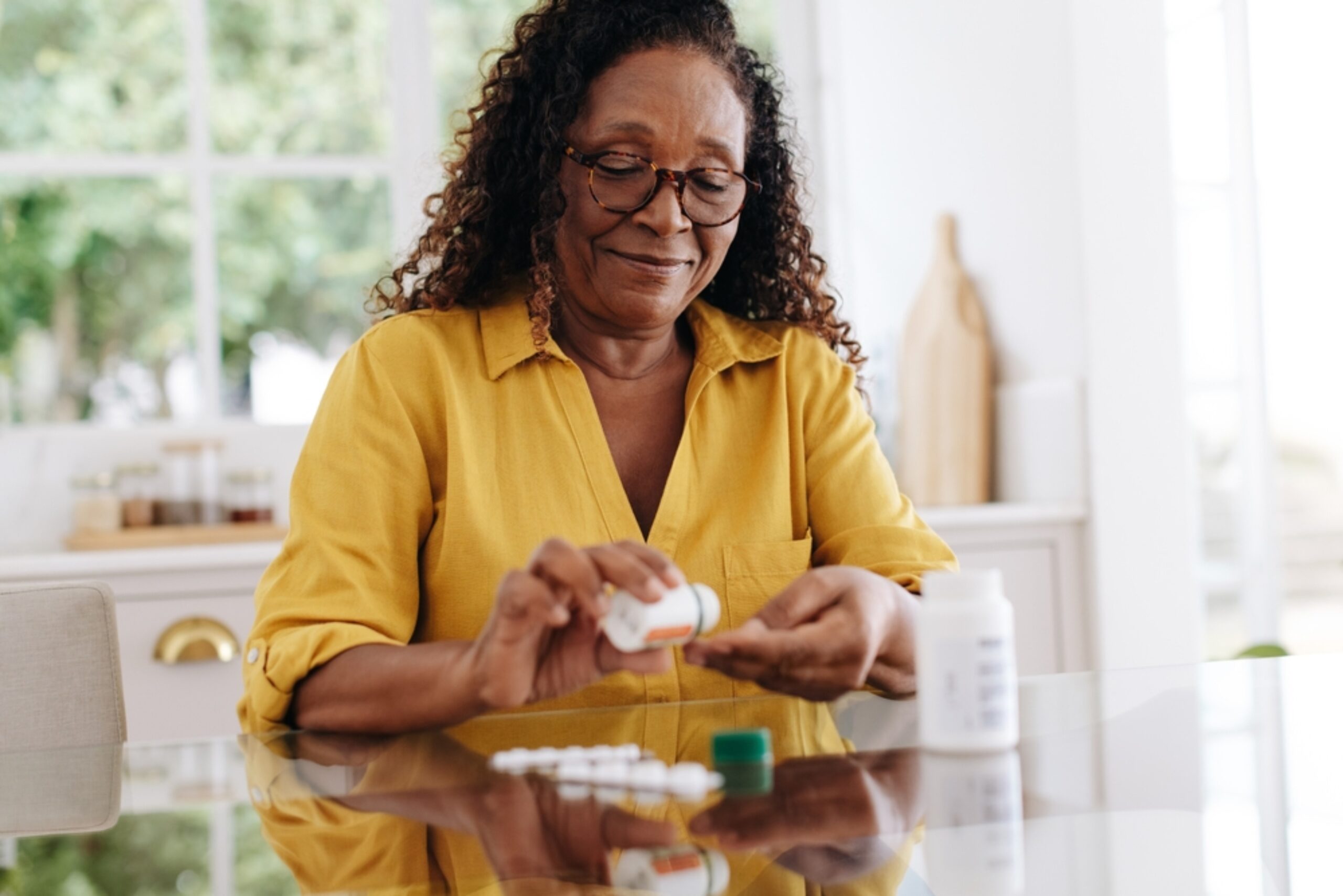From December to May of 2020, telehealth use increased from 8-29% due to the Covid-19 pandemic. The increase in use was likely due to patients being more cautious about leaving their homes. Additionally, some state governors signed executive orders that eased some of the restrictions of telehealth, which also increased its use. Telepharmacy is a great example of patient-centered care and is a way for pharmacists to improve clinical outcomes. Two trials will be discussed in this blog to display how telepharmacy improves clinical outcomes.
Firstly, in “Integrating Telehealth into A Clinical Pharmacy Telephonic Diabetes Management Program” (Journal of Diabetes Science and Technology 2011), 28 patients entered an observation trial over four months to determine if a telephonic diabetes management program utilizing clinical pharmacists could improve mean hemoglobin A1C (HbA1c) as well as lower blood glucose (BG) levels. During the trial, a clinical pharmacist scheduled telephone follow-ups to review the patients’ blood glucose, and provided drug therapy management, education, and lifestyle changes. The patients’ baseline mean HbA1c was 9.8% and the resulting mean HbA1c was 8.5%; these results show a statistically significant reduction of -1.3% (p=0.001). The baseline mean BG was 178 mg/dl (SD 67) and the resulting mean BG was 163 mg/dl (SD 64); these results show a statistically significant reduction of -15 (p=0.0002). The patients also participated in surveys at the end of the trial and the results showed that most patients were overall comfortable in the care they received, found value in the device used to measure their BG, and would recommend the program to others. To summarize this trial, HbA1c values improved significantly, mean blood glucose values decreased significantly, and patients were mostly satisfied.
The second trial, “The Effect of Home Blood Pressure Telemonitoring and Pharmacist Management on Blood Pressure Control” (JAMA 2013), assessed if pharmacist-managed home blood pressure (BP) telemonitoring improves blood pressure compared to standard of care. The trial was a 2-group cluster, randomized, clinical trial involving 450 patients in 16 primary care clinics in Minneapolis over 18 months. The primary outcome was control of systolic BP to <140 mm Hg and diastolic BP to < 90 mm Hg (< 130/80 mm Hg in patients with diabetes or chronic kidney disease) at 6 and 12 months. 228 patients received telemonitoring intervention while 222 patients received standard of care. Pharmacists had an introductory meeting with the telemonitoring group in which they reviewed their medications, medical history, educated the patient on hypertension, instructed the patient on how to use the home BP telemonitoring system, and helped each patient set individualized goals. The primary outcome results showed a statistically significant difference between the telemonitoring group compared to standard of care. The proportion of patients with controlled BP in the telemonitoring group at 6 months was 71.8% vs 45.2% in the standard of care (P<0.001). At 12 months, the proportion of patients with controlled BP in the telemonitoring group was 71.2% vs 52.8% in standard of care (P<0.005). Lastly, the proportion of patients at 18 months with controlled BP in the telemonitoring group was 71.8% vs 57.1% (P<0.003). To summarize, blood pressure telemonitoring with pharmacist management resulted in large improvements in blood pressure control for 6, 12, and 18 months compared to standard of care.
Some limitations of these trials should be addressed. Although the trials discussed above are older, there are very few trials addressing the outcomes of telepharmacy. These trials are also on the smaller side, however, with the increased use of telepharmacy there should be more of a push to increase both the number and size of trials for telepharmacy.
In conclusion, telepharmacy can improve patient outcomes for both diabetes and hypertension, and pharmacists can have a major impact on patient outcomes through telepharmacy. Additionally, with the increased use of telepharmacy, we will likely see more clinical trials displaying improved outcomes for other disease states as well. Although Covid-19 has brought telepharmacy to the forefront, it is likely here to stay.
References:
- Omboni S, Tenti M. Telepharmacy for the management of cardiovascular patients in the community. Trends Cardiovasc Med. 2019;29(2):109-117. doi:10.1016/j.tcm.2018.07.002.
- Alexander E, Butler CD, Darr A, et al. ASHP statement on telepharmacy. Am J Health Syst Pharm. 2017;74(9):e236-e241. doi:10.2146/ajhp170039.
- Shea S, Weinstock RS, Starren J, et al. A randomized trial comparing telemedicine case management with usual care in older, ethnically diverse, medically underserved patients with diabetes mellitus. J Am Med Inform Assoc. 2006;13(1):40-51. doi:10.1197/jamia.M1917.
- Klug C, Bonin K, Bultemeier N, et al. Integrating telehealth technology into a clinical pharmacy telephonic diabetes management program. J Diabetes Sci Technol. 2011;5(5):1238-1245. Published 2011 Sep 1. doi:10.1177/193229681100500533.
- Margolis KL, Asche SE, Bergdall AR, et al. Effect of home blood pressure telemonitoring and pharmacist management on blood pressure control: a cluster randomized clinical trial. JAMA. 2013;310(1):46-56. doi:10.1001/jama.2013.6549.
- Alltucker, K. and Weintraub, K., 2020. Virtual care may be here to stay – LUBBOCK AVALANCHE-JOURNAL, 7/7/2020. [online] Digital.olivesoftware.com. Available at: <http://digital.olivesoftware.com/Olive/ODN/LubbockAvalancheJournal/shared/ShowArticle.aspx?doc=LAJ%2F2020%2F07%2F07&entity=Ar01701&sk=55279277&mode=text> [Accessed 14 July 2020].
